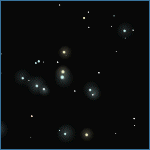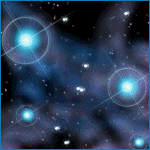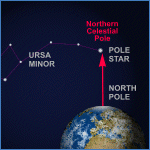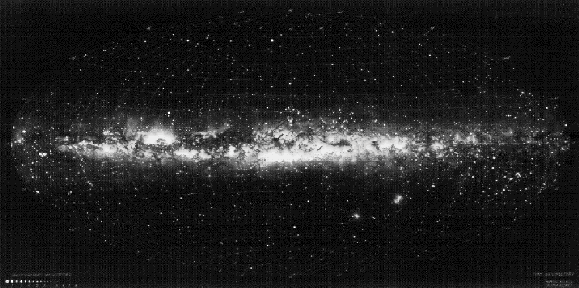eSky
website- http://www.glyphweb.com/esky/default.htm
Post Opinion; website posts so much; to much to relay all here ; to relate my words alone are to few...This much is a SPACE For Just The Dust Board, Topic: SEARCHING THE STARS; an eSKY EXCERT:
website- http://www.glyphweb.com/esky/default.htm
Post Opinion; website posts so much; to much to relay all here ; to relate my words alone are to few...This much is a SPACE For Just The Dust Board, Topic: SEARCHING THE STARS; an eSKY EXCERT:
Constellations
| Eighty-eight officially defined regions of the sky, usually (especially in the northern hemisphere) based on traditional groups of stars. Traditionally, constellations simply described prominent groups of stars. For purposes of nomenclature, internationally-agreed constellation boundaries were set up in 1930. This means that every star, and indeed every point in the sky, falls within a specific constellation. Many of the constellations we know today go back to ancient times: Ptolemy listed forty-eight of them in the second century CE, and many are older still. Five hundred years before Ptolemy, for instance, a Macedonian scientist named Aratos compiled a consistent list of constellations known as the Phainomena. To the Greeks, constellations and groups of constellations held great significance, and many have origins interweaved with mythology. In one part of the sky, for example, we see Andromeda, with her mother and father Cassiopeia and Cepheus, being rescued by the hero Perseus. Other star-groups (like Corona Borealis or Crater) were said to represent items literally cast into the sky by the gods. Supreme importance, though, was reserved for the twelve zodiacal constellations. These are the constellations intersected by the ecliptic (the plane of the Solar System). This means that, seen from the Earth, the Sun, Moon and all the planets but Pluto travel through this group of constellations. Now we understand the workings of the Solar System, we can see why this should be, but it was natural for the ancients to conclude that there was something magical about the zodiacal constellations. Incidentally, gravitational effects on the Earth since ancient times mean that the ecliptic now passes through thirteen constellations (the new addition is Ophiuchus, the Serpent Holder). What's more, the planets can also sometimes briefly enter other constellations, such as Cetus or Orion. For all their inventiveness, there was one important limit on the Greek astronomers: there were many stars in the southern hemisphere that they could never see. Not until the age of discovery did Europeans see these stars, and the names of their constellations are therefore much less ancient than those of the northern sky. Compared with their ancient northern counterparts, the names of the southern constellations seem rather arbitrary and uninspired. Many are named after scientific instruments, such as the Telescope, Microscope, Reticule and Air-pump. The others seem to consist mainly of a more or less random selection of birds and fish, with the occasional curiosity such as the Chisel or the Indian. The area of the sky isn't equally distributed among the constellations: some describe huge areas, while others are minute. The largest, such as Hydra, Virgo and Ursa Major, have areas of around 1,300 square degrees, and each describe about a fiftieth of the sky. By comparison, the smallest, like tiny Crux or Equuleus the Foal, have areas of just seventy square degrees or so (about one nine hundredth of the full sky). Because 'constellations' are officially defined, some well-known star-groups can't, technically speaking, be described with that term. Groups such as the Plough (Big Dipper), the Square of Pegasus or the huge 'superconstellation' of Argo Navis are more properly referred to as asterisms - traditionally accepted groups of stars that don't have an official designation. The Electronic Sky site contains entries for all eighty-eight official constellations, and many of the better known asterisms. Visit the Constellations Index for a full list. | 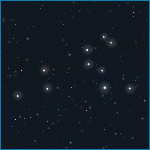 One of the most recognisable of constellations is Leo, the Lion. The shape formed by these stars almost irresistably describes the outline of a seated lion. |
| Indexes | Related Entries |
- Asteroids
- Clusters
- Comets
- Concepts
- Constellations
- Galaxies
- Moons
- Nebulae
- Planets
- Stars
- Surface Features
Catalogues
Tools and Links
eSky © copyright
Mark Fisher
1999-2011
Mark Fisher
1999-2011
Concepts
Index
Index
| Indexes |



